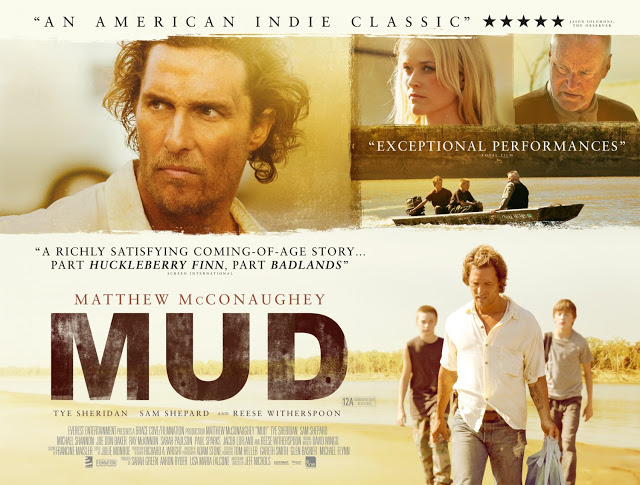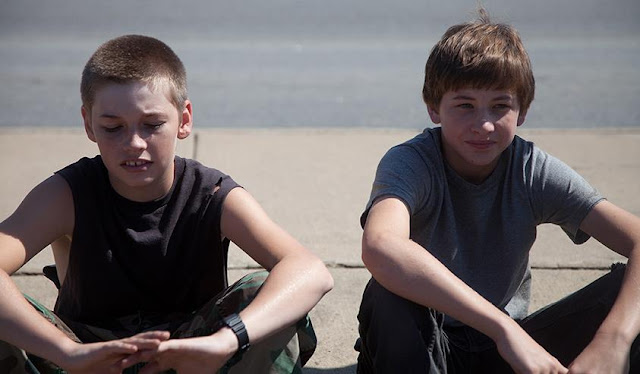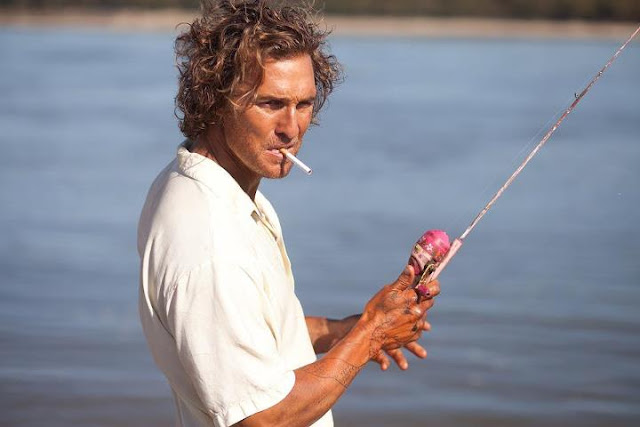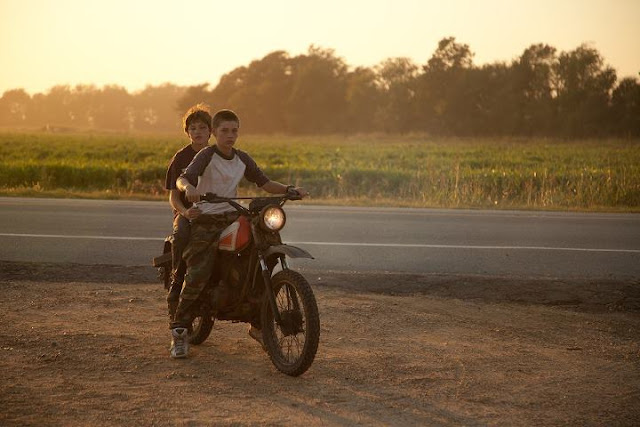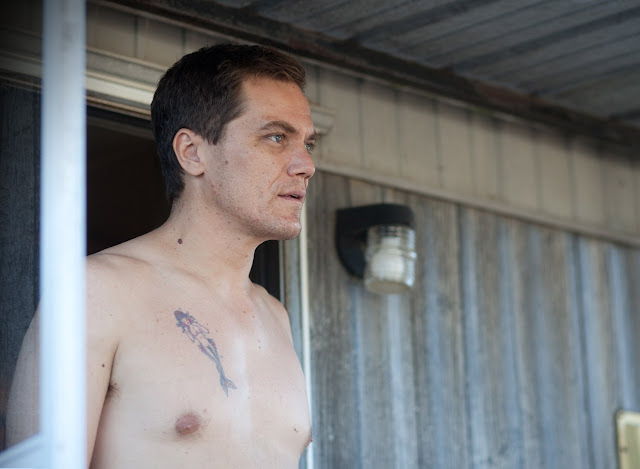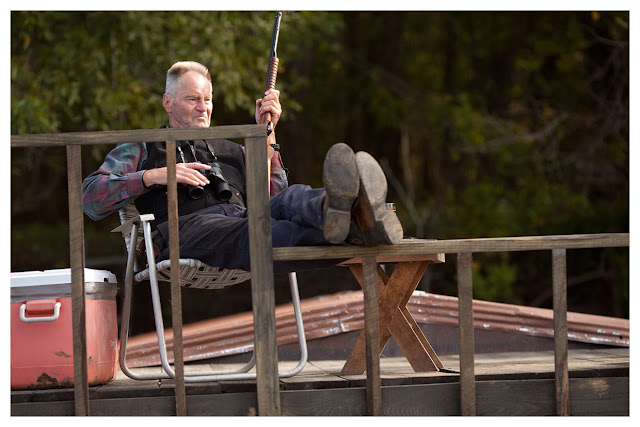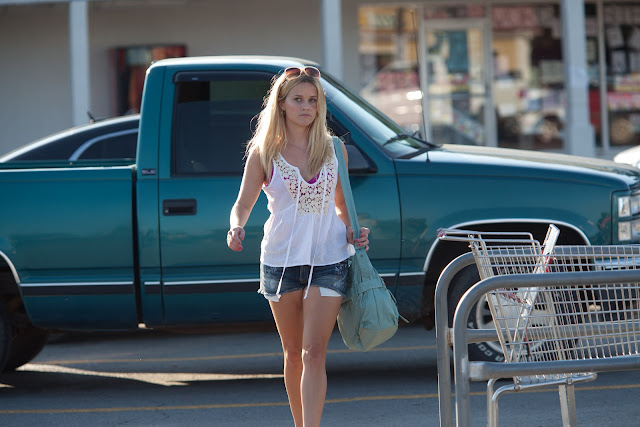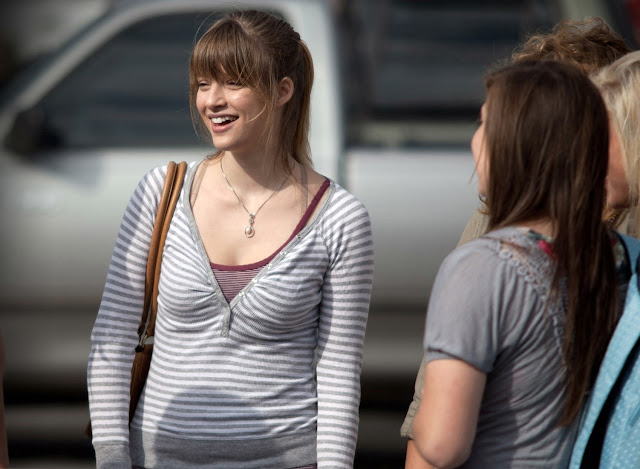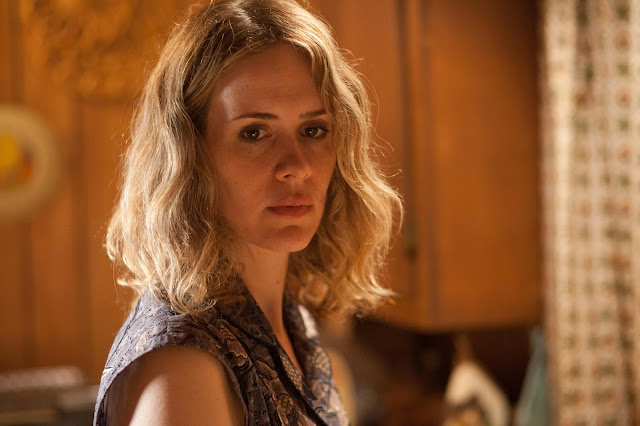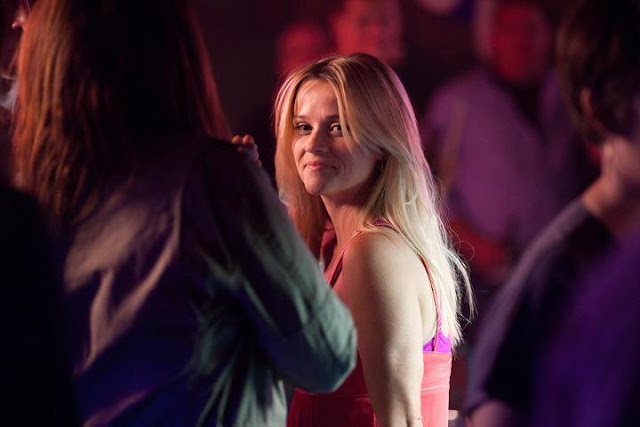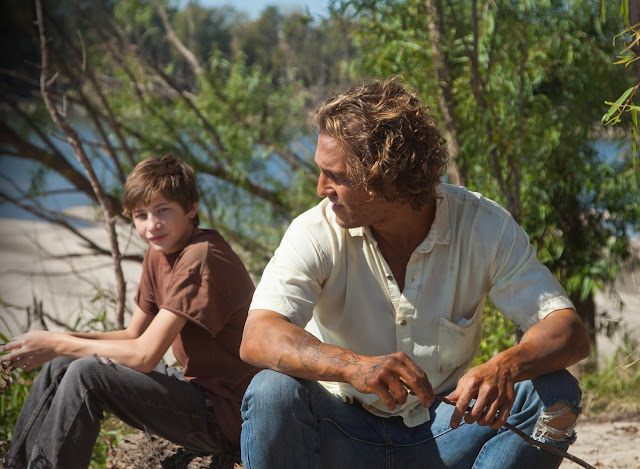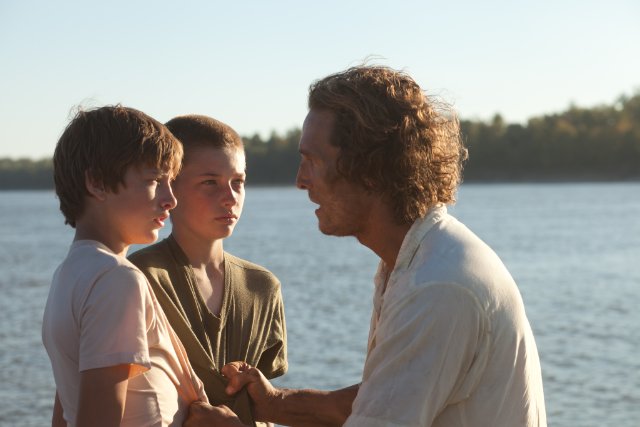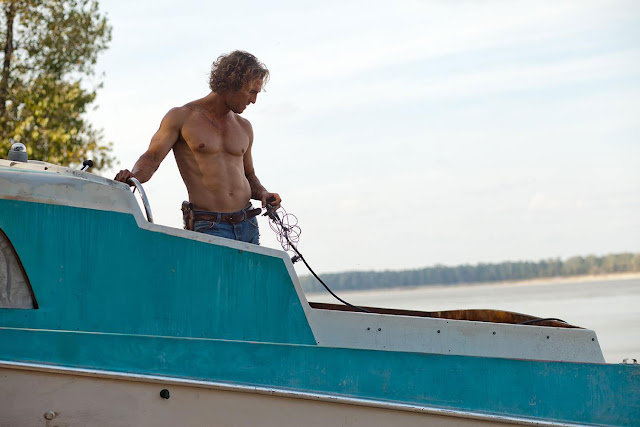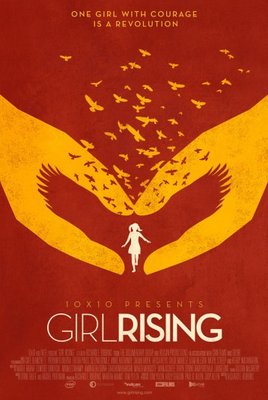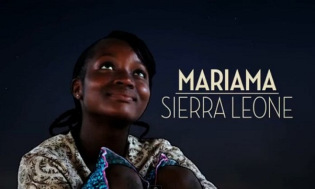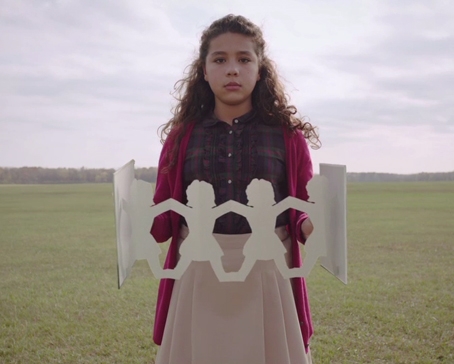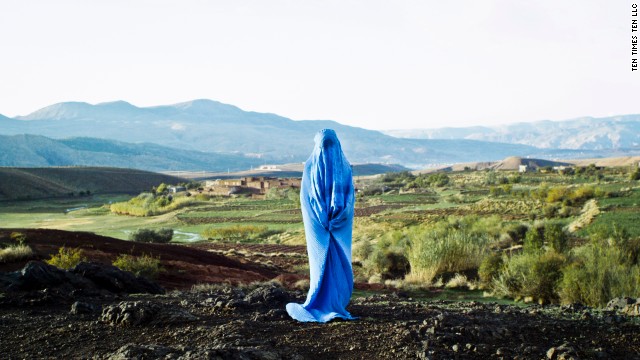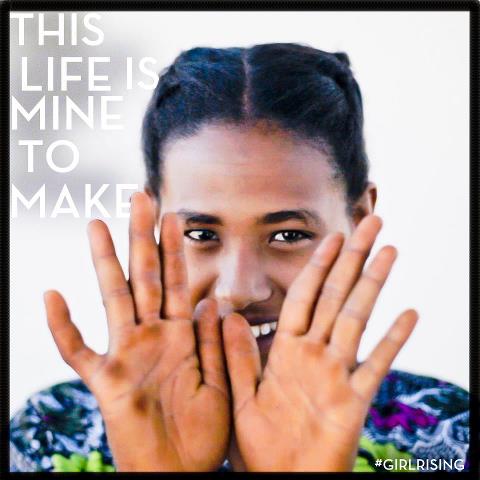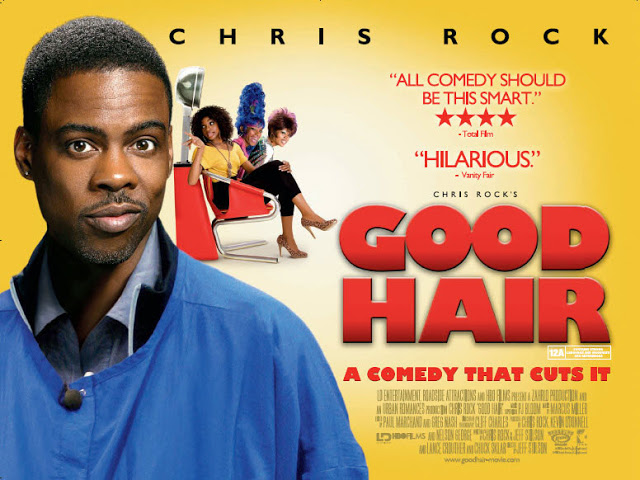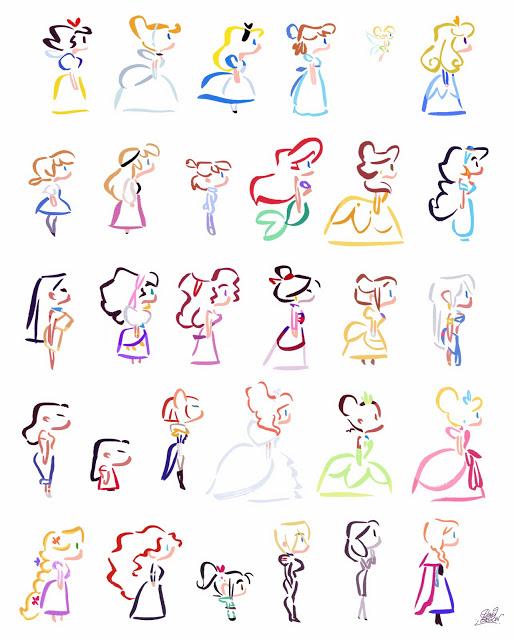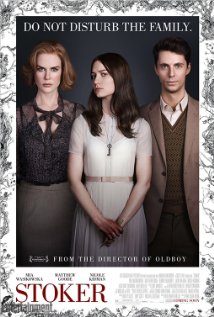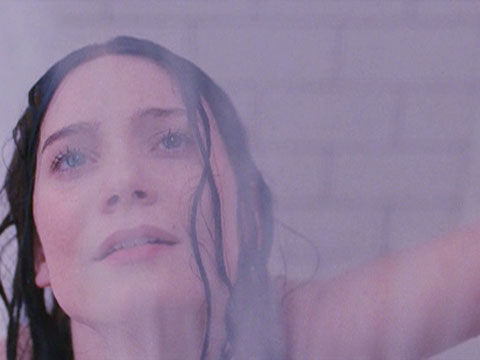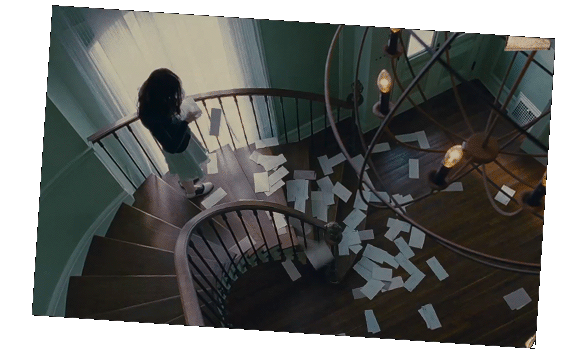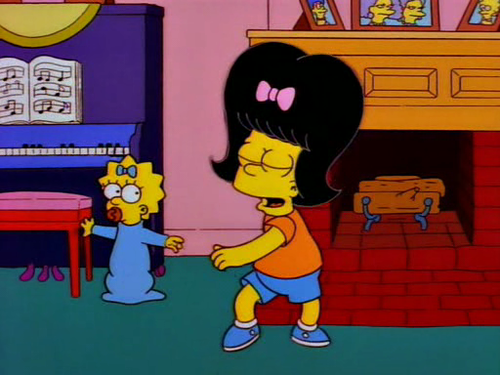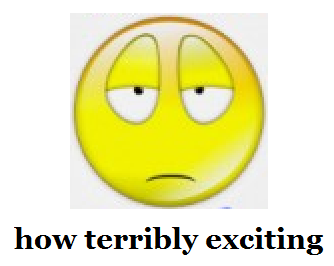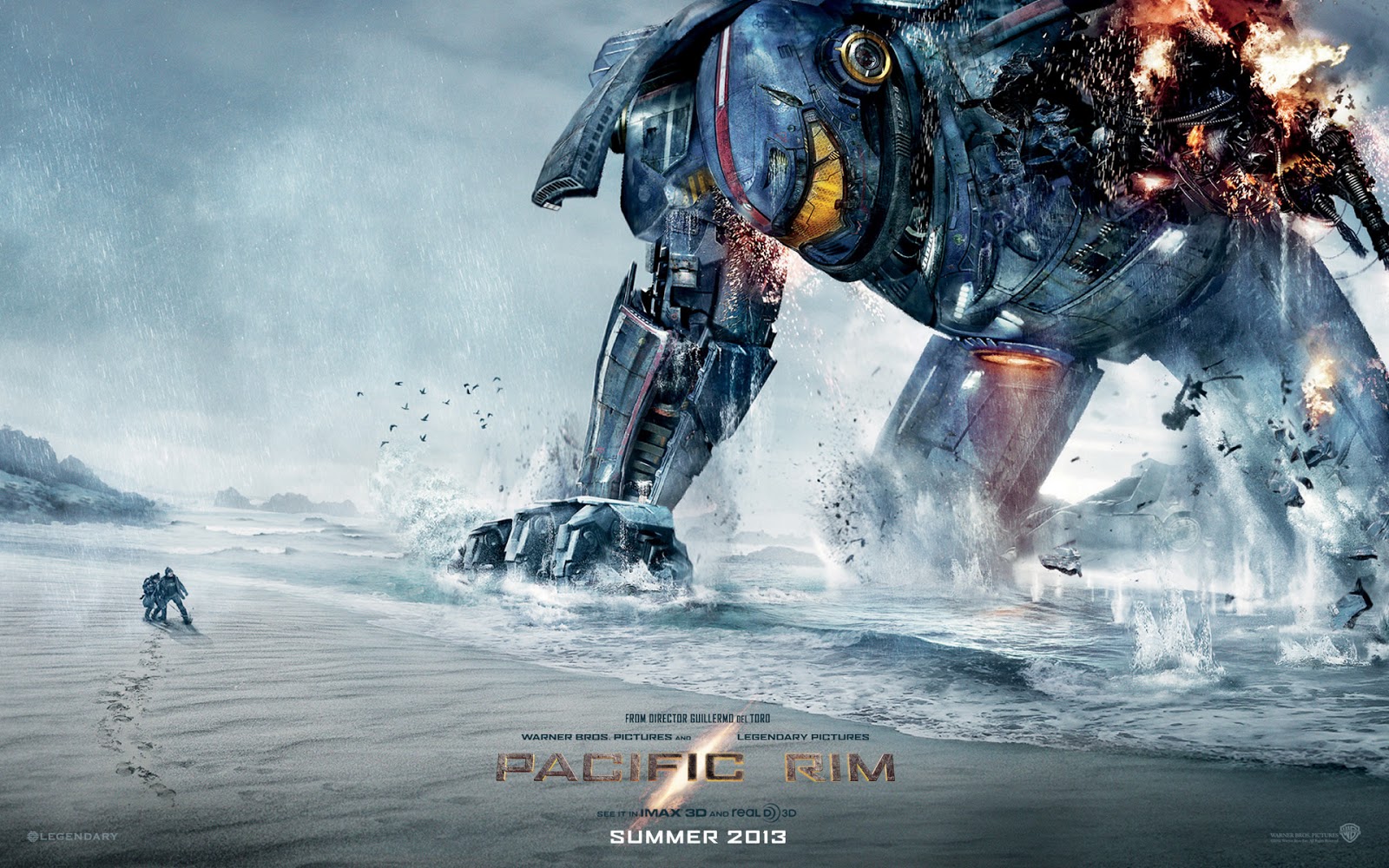Amber: I’m reading the report now, so I’ll let you two take the lead in the convo.
Stephanie: So, FemFuture … not to get narcissistic right off the bat, but where do blogs like ours fit into that discussion?
Megan: I don’t think that’s narcissistic at all. I think it’s a pertinent question.
Stephanie: Because funding IS important, but who decides WHO gets funding — the “connected” people? Because that’s certainly what it seems like.
Megan: Very true. But even the “connected” people are often times not funded either.
Stephanie: No one is funded now.
Megan: Or are not funded enough to make it their primary job. Feministing comes to mind.
Stephanie: The FemFuture discussion was about HOW to get funding for bloggers, right?
Megan: It was about the future of online feminism, part of it was funding as well as meeting annually and networking. But yes, a big thrust of it was the argument that online feminists aren’t getting funded and should be.
Stephanie: Right. So … I mean, they really didn’t even mention Shakesville? LOLOLOL
Megan: I KNOW. Ridiculous. How could you ignore Shakesville???? One of the most influential and prolific feminist blogs???
Stephanie: So, the “connected” people are the ones deciding whose blogs are important and who gets funding.
Megan: Shameful. I saw their argument or conversation more as everyone should be funded. BUT by leaving Shakesville out, which as Melissa McEwan states in her post about FemFuture, is not in NYC or DC, it does make it seem that is what is happening, even if not explicitly stated.
Stephanie: Trans blogs, vegan blogs, etc.
Megan: YES!!!!
Stephanie: That report was a fucking shitshow.
Megan: I mean c’mon, ridiculous.
Amber: From what I’ve read, I agree!
Stephanie: It was SO OUT OF TOUCH and that’s what scares me.
Megan: YES!!!
Stephanie: Like, you’re The Leaders of this and you have no fucking idea what’s going on with blogs right now.
Megan: I really, really, really like that a report like this was done. However, and that’s a ginormous however. If you’re going to do it, and discuss how marginal online feminism and feminist blogs are, shouldn’t you strive to be as inclusive as possible? And not perpetuate exclusion??
Amber: I also think that what we’re doing is at the intersection of film and feminism, which doesn’t really fit their precise definition of what feminist online activists are and what we do.
Megan: YES, Amber!!! People don’t often think of feminism and the arts as part of the “feminist online community.”
Amber: Same as what Steph said, with regard to vegan feminists, et al.
Megan: Well, as a vegan feminist, I can tell you there aren’t a whole hell of a lot of vegan feminist blogs but that’s beside the point.
Stephanie: It’s true, and it’s funny … because (not to be ridic) but I think what we’re doing is important because it’s challenging media portrayals … and media portrayals are what feed these fucking stereotypes about people/women/etc.
Megan: They should be reaching out to ALL kinds of feminist blogs. Omg you are so NOT being ridiculous AT ALL. I agree. Media starts shaping our lives inculcating us into sexism and patriarchy at an early age.
Stephanie: It’s like, how is this NOT where we start? Especially with kids (which is why I liked the animated films week so much).
Megan: Yes, yes, yes.
Stephanie: Maybe they felt like they already involved Women’s Media Center and Jenn Pozner’s media site.
Megan: And as we age, media shapes how we view the news, and what news we see and hear.
Amber: As someone who does not, and has not ever, lived in a major media center, the clubbishness and exclusiveness of the fem community has always angered me.
Megan: If you’re going to write about how online feminism needs to be more inclusive and funded and not treated as a fringe thing, then maybe you should be, oh I don’t know, INCLUSIVE.
Amber: YES.
Megan: Amber, I live close to NYC and still feel that way too.
Amber: There’s such a contradiction in the very premise of it: we’re diverse and living all over the place, yet only the NYC fems (no offense, NYC) get to determine the future???
Megan: I mean, the NYC feminist community, the people who are a part of it are super nice and friendly and welcoming. But it can still feel cliquish.
Amber: Shouldn’t this have been a big organized teleconference? THAT would have been historic.
Megan: I had a very brief convo about this on Twitter. About how all feminist bloggers live in NYC. When I replied that I don’t, they were like yeah but you’re in the Northeast. True but trust me, Boston and NYC are not the same.
Stephanie: So read this….this is from the new FAQ from FemFuture report/site: “We chose people whose work we knew about and respected who represented a diverse range of perspectives and kinds of work. Our hope was to see if in-person conversation and convening could add something to the conversation that already existed online. One particular regret was, we weren’t able to bring much geographic diversity to the convening—which we wanted to be in person and intimate. While so many of us originally come from different areas of the country (and world), and have built online communities of readers, followers and colleagues worldwide, the majority of the convening attendees currently live on the east coast. This was a gap we acknowledge and hope will be filled in follow up conversations—either online or in person—and welcome ideas.”
Megan: Also, I checked on the geographical location of most of the speakers…They don’t just live on the East Coast…They live in NYC or NJ.
Stephanie: Bwwahahhaahah NYC/NJ equals all of the East Coast now!
Megan: I KNOW!!!! I mean, what the fuck. Just talking about cities, fuck you, Boston, DC, Atlanta, Miami, Baltimore, Charleston. Bleh.
Stephanie: I love how I’m getting even MORE pissed.
Megan: LOL right????
Stephanie: Also, they apparently didn’t even CONSULT with people who don’t live there (like Liss) … and it’s funny because the Flyover Feminism blog they started together is important in addressing that not all feminists live in these metro areas.
Megan: I KNOW!!!!
Stephanie: ALSO, I fucking live in NYC, and I don’t have a big networking personality, so fuck that.
Megan: You were exactly who I was thinking of!!!
Stephanie: Our bloggers live ALL OVER (the country/world LOL) so fuck that too.
Megan: So it’s exclusionary to you too despite your physical proximity.
Stephanie: Exactly.
Megan: EXACTLY.
Amber: YES. And doesn’t that create a more diverse perspective? Our bloggers being everywhere, I mean.
Stephanie: I mean, like 5 people came to our party, and we’ve been around for 5 years in NYC.
Megan: Yes to both of you! Did either of you read Flavia Dzodan’s reply US Centrism and Inhabiting a Non-Space in FemFuture? So, so good.
Amber: I have Flavia’s piece open now.
Megan: Basically she talks about living in Europe and how she doesn’t fit the U.S. feminism mold.
Stephanie: “I sincerely have no thoughts because I don’t belong in this.”
Megan: Yep. And THIS! “To call what is going on in an Anglo centric environment ‘online feminism’ is to cast me (and millions like me) away from the umbrella. We live elsewhere.”
Stephanie: Love.
Amber: “My resistance ends up being a double bind: I need to resist the policies, racism, discrimination, etc of a State that considers those like me disposable and I need to resist the absorption of the ‘Mother Ship’ that owns the discourses around which feminist issues matter the most.”
Megan: Mmhmm
Stephanie: I wish I knew how to express my emotions about this but I don’t wanna be all “they didn’t incluuuuude uuuuuus” LOL
Megan: LOL I know. And part of me feels like we should band together. But a larger part of me is like fuck that noise. There’s nothing wrong with being critical of our own community, even a community that we’re kinda sorta not even really a part of because it doesn’t speak to us, include us or address us.
Amber: They’re not speaking to us or for us, and maybe that’s okay?
Stephanie: YES. No, YES to Megan, not Amber. LOL
Amber: I mean, it pisses me off.
Megan: Zerlina Maxwell tweeted that FemFuture is not a zero sum end game. It’s a starting point. Amber, I hear you but I don’t think it is okay.
Stephanie: It is absolutely not okay … but maybe people’s anger/disappointment about the whole thing could change it.
Megan: I think if you’re talking about “feminism” or “online feminism,” then you need to be as inclusive and diverse as possible.
Stephanie: A real inclusive way to handle it would’ve been to tweet or blog or something to get the word out and have bloggers send in their responses about what the blogosphere is like for them.
Megan: YES!!!
Stephanie: I mean fucking DUH.
Megan: LOL
Stephanie: You get together in a closed room like a bunch of fucking Republicans and try to discuss some shit you know nothing about?
Megan: Did either of you see MAKERS, that documentary?
Stephanie: Nope.
Megan: Okay so the documentary is really good, chronicling the history of the women’s movement and feminism in the U.S. BUT…
Stephanie: It’s like, bloggers are already discouraged. What isn’t helping is you getting up there with your very successful blogs and being all “how do we get funding for ourselves”? LOL. Sorry, go ahead …
Megan: …it leaves only 5 or 10 mins for feminism in the past 10 years and doesn’t even fucking talk about online feminism!!! This pissed off a shitload of people on Twitter because duh. We were written out of this documentary’s history of feminism. But now it feels like that’s exactly what’s happening here. Bitch Magazine has a compilation of people’s responses to FemFuture. And Feministe does too.
Amber: I’ve been much less engaged in the overall FemFuture convo, and I’m honestly on the fence about my anger. On one hand, RAGE, you know? But on the other, this is just more of the same. It’s anti-feminist to create this online feminist hierarchy. But that’s what’s been happening for years, and that’s what FemFuture is continuing. I’ve never wanted to be part of the Professional Feminist Club, because that entire fucking notion is anti-feminist. What Steph said about them acting like a bunch of fucking Republicans is true.
Megan: Yes, yes to all of this. I’m not even sure they realize what they’re doing. Which is shitty. You need to recognize and check your privilege at the door. And living in NYC and having a huge feminist blog or backing organization gives you privilege. It kinda reminds me of the arguments I’ve heard when people critique anti-choice laws in the South or Midwest…”Why don’t they just leave?” Um, fuck you. Who are you to tell someone to leave their home??? But I digress.
Amber: No, it’s all the same. Not a digression.
Megan: Thank you. And true, it stems from the same argument.
Amber: I grew up in the Midwest and live in the South. Shouldn’t FemFuture be reaching out, not to ME, Amber, but to people/orgs/blogs who are slogging through in hostile areas? Rhetorical Q, duh.
Megan: YES. I mean to not reach out to Shakesville or Flyover Feminism, bare minimum, is just shameful.
Amber: Totally.
Megan: I keep saying or rather writing shameful because it is. I mean I know they (Courtney Martin and Vanessa Valenti — both of whom I respect) know about them because Feministing did a piece on Flyover Feminism. And um hello, google??? But I know what you mean about feeling torn. I do too. I feel like we’re not supposed to complain or critique because women and feminists get torn down all the time. But this is seriously wrong. Just thinking about urban areas for a moment, I also don’t like the argument that all urban areas are the same. Because living in Boston, which is only 4 hours away from NYC, has different challenges. For example, for our Bowl-a-thon to raise money for abortion funds, Boston has to do a Triathlon instead of karaoke and Wii Bowling because no bowling alley will host us.
Amber: I remember us chatting about that a while back.
Megan: Yeah, it just bugs me.
Amber: It bugs me, too.
Megan: It’s like I adore NYC. Love, love, love. But the sun doesn’t rise and set only on NYC. What else should we discuss about FemFuture? How do we move forward??
Amber: Well, that’s the real question. We could chat all day about the exclusionary aspects of it. But I still can’t get over the fundamental flaw of the “report.” And the marginalization of pop culture blogs as an “entry point.” We’re doing important, challenging work. Not just Bitch Flicks. Taking culture to task is a central issue.
Megan: YES!!!! It infuriates me how people see pop culture, media and art criticism as fluffy entertainment. It’s not. That’s why it’s such crucial work, because people don’t recognize and appreciate its insidious power. But are there other aspects of the conversation or report that bother you that we haven’t discussed?
Stephanie: Just jumping in on that last comment — um, yeah! If people saw abortion depicted in a humanizing way on their fucking TV shows (which people increasingly watch more and more), then our entire political discourse around the subject would CHANGE.
Megan: EXACTLY.
Stephanie: Talking about political discourse without talking about media representations is completely BACKWARDS in 2013.
Megan: Yes, I don’t know how you can divorce the two.
Stephanie: Our society is run by media devices.
Megan: Yes, advertising, media outlets, film studios….everything. What else do we want to say? What are the solutions?
Amber: Treat it like any other media we critique. Take the authors to task for their exclusiveness.
Stephanie: It might be a better use of our time to discuss writing a new “ABOUT” manifesto for Bitch Flicks and tie the FemFuture thing into it. Like, why is BF important…
Amber: LOVE!
Megan: That’s a great idea!
Stephanie: …and make people fucking understand WHY it’s important, because even some feminists seem unclear on that.
Megan: Some…seems like almost all!
Stephanie: I was working on something like it for a while, behind the scenes. Here’s an excerpt: “That’s both the biggest challenge and the greatest opportunity of blogging about film and television from a feminist perspective—learning to understand how the images we’re fed by the media pretend to reflect back the current cultural climate in an effort to maintain it. And what the predominantly white, patriarchal, heteronormative industry insiders want to maintain is a white, patriarchal, heteronormative status quo.”
Megan: That quote is AWESOME. That quote meaning your quote 
Stephanie: Haha! Thx. Well, let’s start a document and add some stuff to it. We need a new manifesto!
Megan: Sounds great! Anything else we want to say about it?
Stephanie: “Because, more than anything, we believe the blind and uncritical consumption of media portrayals of women contributes to furthering women’s equality in all areas of life. And the absolute most challenging aspect of blogging about the portrayal of women in film and television is finding a way to make those connections, to reinforce the fact that watching a TV show, for instance, in which a woman is violently beaten onscreen—for voyeuristic, entertainment purposes only and without critical commentary—helps to desensitize us and normalize violence against women.” That’s another section [of the BF manifesto].
Megan: YES, love!
Stephanie: I don’t want a group of elite privileged feminists speaking for me. It’s the same set-up that feminism tries to work AGAINST. So why are we recreating it? We’re supposed to be looking for new ways of doing things. It reminds me of all the Occupy Wall Street in-fighting … the people with the loudest voices (usually dudes), with the most confidence, automatically took over and spoke for everyone. I’m glad FemFuture is having the conversation, but they should’ve asked under-the-radar bloggers to contribute and, you know, Shakesville. LMAO.







